Slow down, keep a firm grip on the steering wheel.
When noticing dark clouds gathering, strong gusts of wind, and a rapid drop in temperature, drivers should immediately recognize these as signs of an impending thunderstorm. The first thing to do is reduce speed to a safe level of 20-30 km/h, depending on the terrain. Avoid continuing at high speeds, as strong gusts of wind can cause the vehicle to veer off course, especially with SUVs and pickup trucks that have a high body and a significant center of gravity.
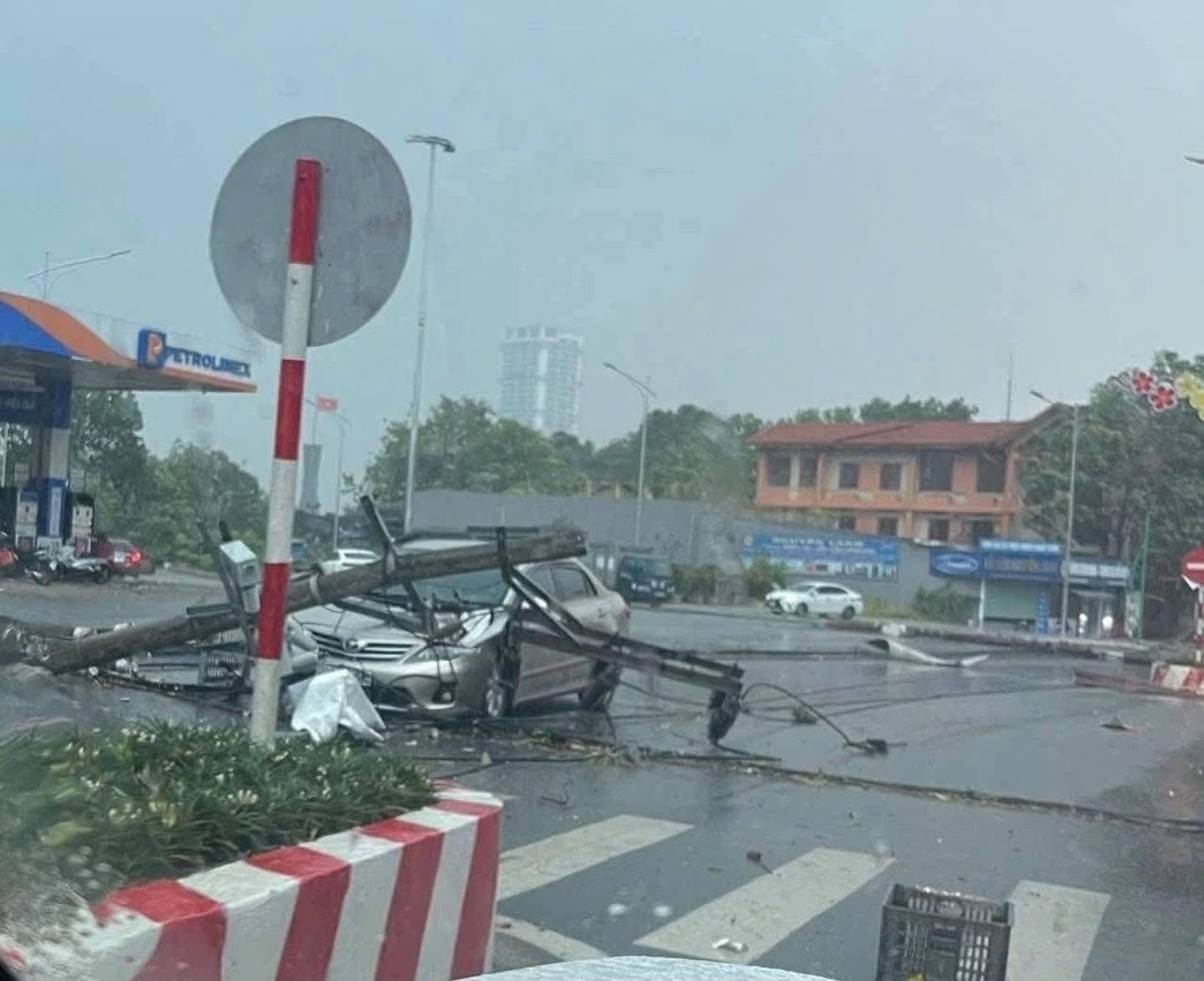
In conditions where visibility is limited by rain, dust, or falling leaves, drivers should turn on their low beam headlights and hazard lights to better alert other vehicles. Drivers also need to maintain a firm grip on the steering wheel, avoiding sudden steering maneuvers or lane changes. On open roads, overpasses, or large bridges like the Nhat Tan and Vinh Tuy bridges, where winds are often stronger, maintaining control of the vehicle's direction becomes more crucial than ever.
You shouldn't try to "weather the storm."
Many drivers have a "speedy" mentality, but this is a potentially risky mistake. In bad weather, unexpected events such as objects being blown away, trees falling, power poles tilting or motorcyclists falling in the middle of the road can easily occur. If you feel the wind is too strong and the vehicle is shaking excessively, you should proactively find a safe place to stop.
However, not every place is suitable for parking. Absolutely avoid parking under large trees, billboards, metal roofs, utility poles, or transformer stations. These areas are prone to accidents such as falling trees or objects, especially in strong winds. Safer locations might include covered parking lots, gas stations, shopping malls, or a street corner with a wide, dry, and open sidewalk.
When stopping, turn on the hazard lights, engage the parking brake, and close all windows. If there are children or elderly people in the car, open a small gap for ventilation if the stop is long. However, under no circumstances should you leave the car while it is still dangerous outside.
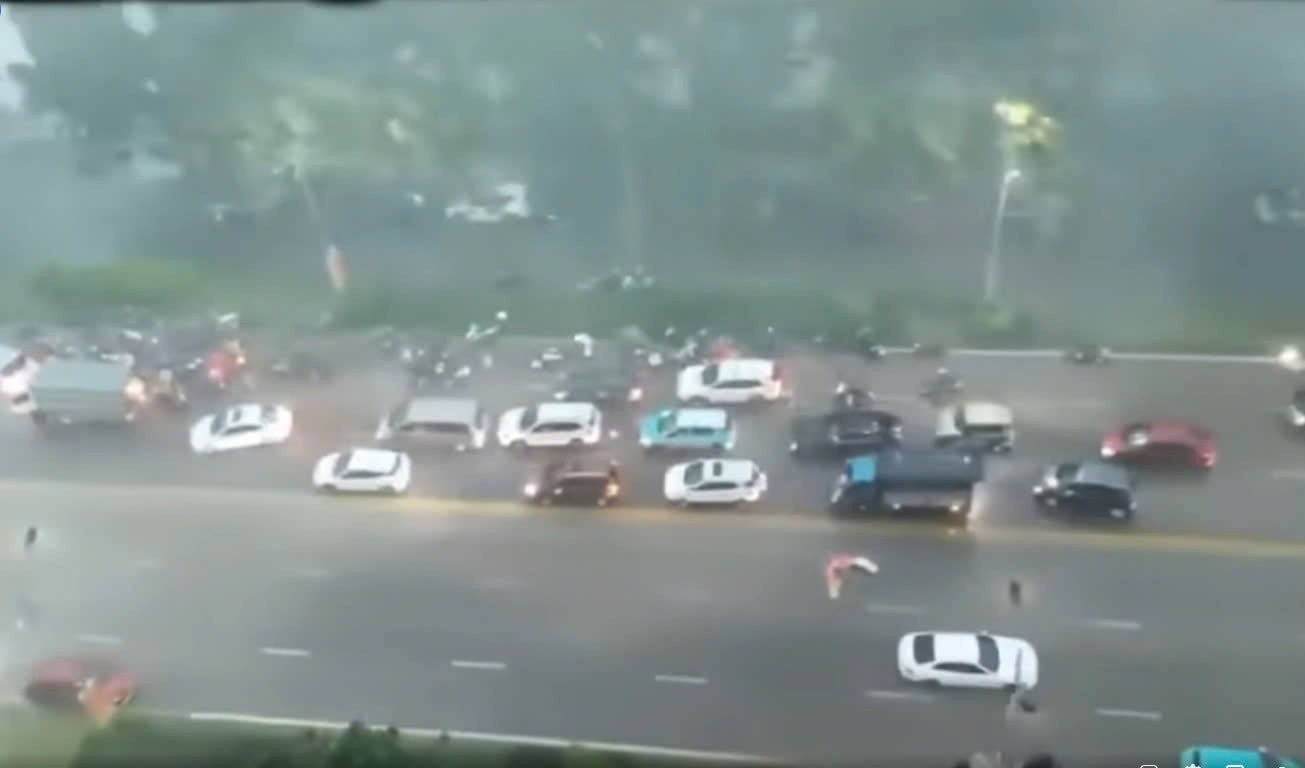
Don't film or livestream thunderstorms while driving.
Another common problem in the age of social media is drivers filming or livestreaming thunderstorms while driving. This not only causes distraction but also prevents drivers from reacting quickly to unexpected situations. When weather conditions are deteriorating, the driver needs to prioritize observation, reaction, and risk prevention.
If you absolutely need to check the weather, only do so when you have come to a complete stop in a safe place. Using your phone while driving, especially in an emergency, can easily lead to serious consequences.
Inspect your vehicle after driving through a thunderstorm.
Once the weather has stabilized, drivers should quickly check the condition of their vehicles. Strong gusts of wind can loosen rearview mirrors, cause bumpers to fall off, detach license plates, shatter windows, or affect windshield wipers. Tire surfaces and the undercarriage should also be checked if driving through areas with fallen trees or rocks.
For electric and hybrid vehicles, pay particular attention if the car has recently driven through areas with heavy rain and minor flooding. If you detect a burning smell, unusually illuminated warning lights, or feel unstable while driving, you should take the car to a garage for a detailed inspection of the electrical system and battery.
Nothing is more important than the safety of those inside the vehicle. In a thunderstorm, it's not about arriving home a few minutes early, but about arriving safely. With increasingly extreme and unpredictable weather conditions, drivers need to equip themselves not only with knowledge of safe driving in rain and floods, but also with the skills to handle strong winds and thunderstorms.
Source: https://baonghean.vn/gap-mua-giong-gio-lon-khi-dang-lai-o-to-lam-gi-de-giu-an-toan-10302704.html


![[Photo] Prime Minister Pham Minh Chinh receives Lao Minister of Education and Sports Thongsalith Mangnormek](/_next/image?url=https%3A%2F%2Fvphoto.vietnam.vn%2Fthumb%2F1200x675%2Fvietnam%2Fresource%2FIMAGE%2F2025%2F12%2F16%2F1765876834721_dsc-7519-jpg.webp&w=3840&q=75)

![[Live] 2025 Community Action Awards Gala](/_next/image?url=https%3A%2F%2Fvphoto.vietnam.vn%2Fthumb%2F1200x675%2Fvietnam%2Fresource%2FIMAGE%2F2025%2F12%2F16%2F1765899631650_ndo_tr_z7334013144784-9f9fe10a6d63584c85aff40f2957c250-jpg.webp&w=3840&q=75)
![[Image] Leaked images ahead of the 2025 Community Action Awards gala.](/_next/image?url=https%3A%2F%2Fvphoto.vietnam.vn%2Fthumb%2F1200x675%2Fvietnam%2Fresource%2FIMAGE%2F2025%2F12%2F16%2F1765882828720_ndo_br_thiet-ke-chua-co-ten-45-png.webp&w=3840&q=75)

![[Photo] Prime Minister Pham Minh Chinh receives the Governor of Tochigi Province (Japan)](/_next/image?url=https%3A%2F%2Fvphoto.vietnam.vn%2Fthumb%2F1200x675%2Fvietnam%2Fresource%2FIMAGE%2F2025%2F12%2F16%2F1765892133176_dsc-8082-6425-jpg.webp&w=3840&q=75)
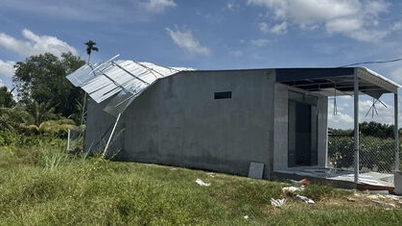

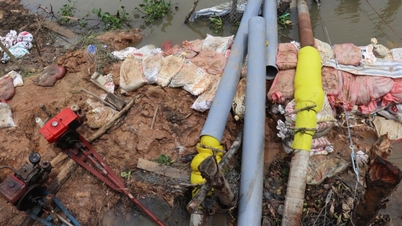





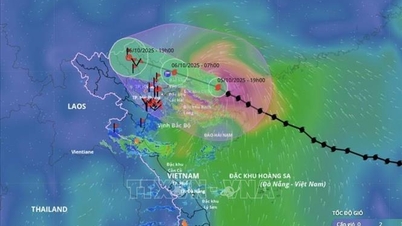

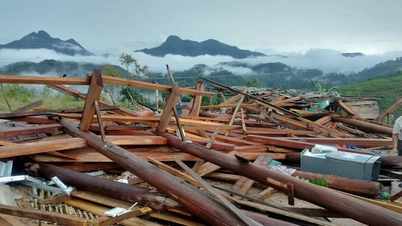























































![[Photo] Prime Minister Pham Minh Chinh attends the Vietnam Economic Forum 2025](https://vphoto.vietnam.vn/thumb/402x226/vietnam/resource/IMAGE/2025/12/16/1765893035503_ndo_br_dsc-8043-jpg.webp)





































Comment (0)